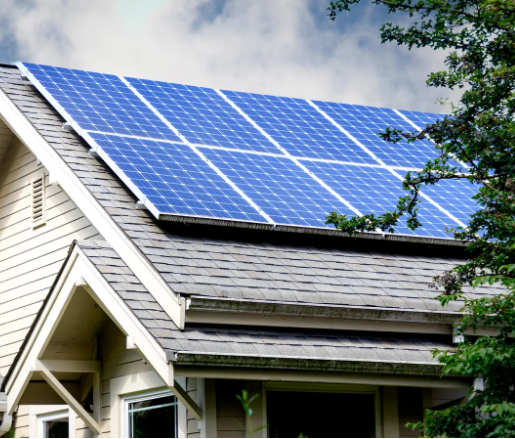Ultimate Guide to Solar Thermal Energy: Use Blue Raven Solar
As temperatures rise, more and more people have begun to shift their attention to renewable energy sources and technology.
The sun is the most abundant source of energy and it makes perfect sense to try to learn how to capitalize on this solar energy.
Currently, there are two ways to best utilize energy from the sun. In this article, we’ll explore solar thermal energy.
Read on to learn more about this efficient source of energy.
What Is Solar Thermal Energy?
Solar thermal energy is one of two main ways of generating energy from the sun. The technology used captures energy from the sun in the form of photons, which makes solar energy one of the most abundant renewable resources that we have.
Specifically, solar thermal energy refers to the process of converting energy from the sun into usable heat energy. You can use solar thermal energy for many applications including:
- space heating
- water heating
- air conditioning
- industrial process heat
- drying
- distillation
- desalination
- power generation
Solar thermal collectors are distinguished by low, medium, and high collectors.
Low collectors can be used to heat swimming pools. Medium collectors can heat water or air for residential homes or commercial spaces. High collectors are used to generate electricity and power.
Different Types Of Solar Thermal Systems
There are two kinds of solar thermal systems. Their make-up and build depends on the function of the system.
The first kind of solar thermal system is an active system.
Active solar thermal systems use technology such as flat plate solar collectors that can collect, store, and distribute solar energy throughout your home or commercial space.
This kind of solar thermal system uses air or liquid to help capture solar energy and its technology can store energy until it’s ready for use.
The second kind of solar thermal system is a passive system.
Passive solar thermal systems don’t require additional external technology to collect and store heat energy from the sun. They are self-sufficient in collecting solar energy and converting that to usable energy.
Typically, passive solar thermal systems use materials such as glass that can trap heat and then store it for use.
How Much Do Solar Thermal Systems Cost?
Like most other home improvement projects, the answer to this question will depend on your house and specific energy needs. Usually, an active solar thermal system will cost more than a passive solar thermal system because it relies on extra technology.
A typical residential system that runs a 5-kW system will cost $15,000-$25,000 to install.
While solar technology can be a little pricey upfront, there are ways to save and finance your own solar panel system.
For one, you can take advantage of the solar tax incentives on the federal level (and state if it applies). If you install a new system before the end of 2021, you can save at least 22% on the cost of installation.
Another way to soften the blow is to purchase from a solar company that has a good financing program that allows a buffer period before you start making payments on your solar energy system.
Save Money On Solar Thermal Energy
Are you ready to take advantage of your potential solar savings? Make sure you get your solar thermal energy system installed before the federal solar tax incentive expires.
If you found this article helpful, make sure you check out more from our blog to get the latest updates on solar news and technology!



